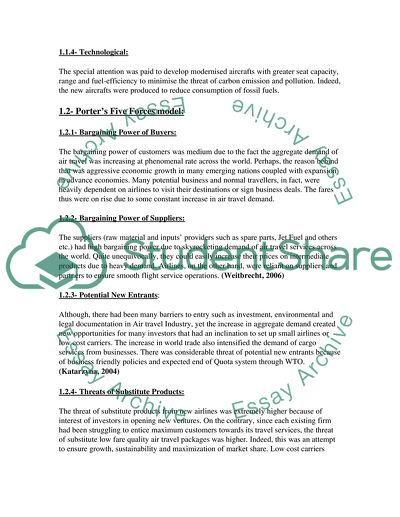Cite this document
(Airline Mergers Case Study Example | Topics and Well Written Essays - 1500 words, n.d.)
Airline Mergers Case Study Example | Topics and Well Written Essays - 1500 words. https://studentshare.org/technology/1568233-airline-mergers-case-study
Airline Mergers Case Study Example | Topics and Well Written Essays - 1500 words. https://studentshare.org/technology/1568233-airline-mergers-case-study
(Airline Mergers Case Study Example | Topics and Well Written Essays - 1500 Words)
Airline Mergers Case Study Example | Topics and Well Written Essays - 1500 Words. https://studentshare.org/technology/1568233-airline-mergers-case-study.
Airline Mergers Case Study Example | Topics and Well Written Essays - 1500 Words. https://studentshare.org/technology/1568233-airline-mergers-case-study.
“Airline Mergers Case Study Example | Topics and Well Written Essays - 1500 Words”. https://studentshare.org/technology/1568233-airline-mergers-case-study.


